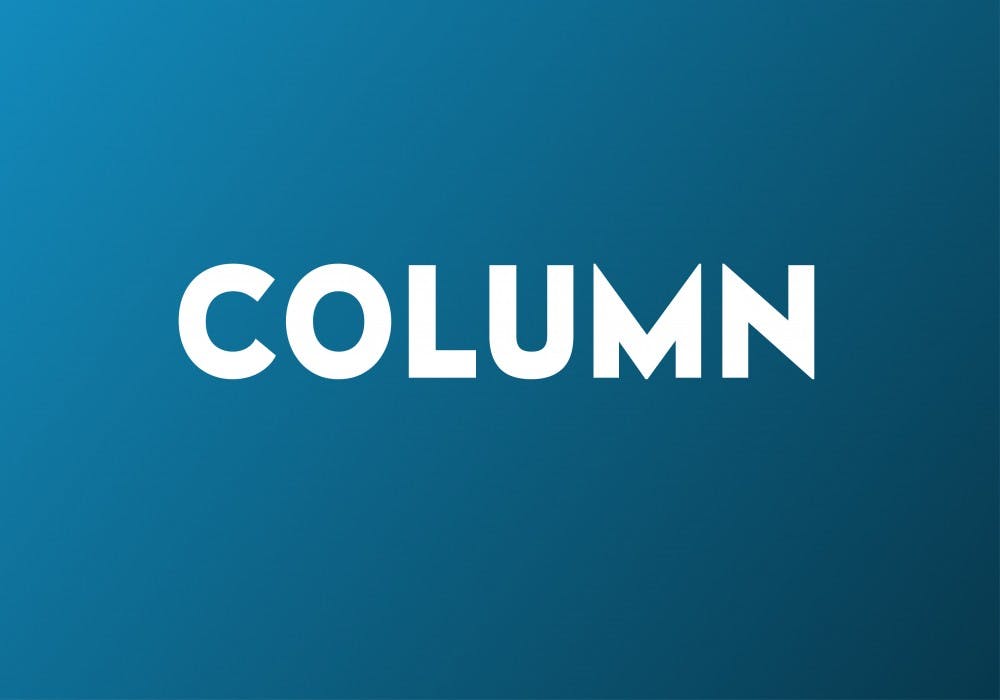A Google image search for “professional woman” returns hundreds of millions of results of the same thing: dark, tailored suit. Not too frowny and not too smiley, not too much makeup, not too high heels. Even-tempered, post-post-grad. Uses semicolons, and maybe wire-rimmed glasses.
That’s not a picture of me. Nor of each and every woman who, like me, identifies as a professional of some kind. Maybe some of us do see parts of ourselves in a standard image of professionalism, but all of us certainly do not.
This idea of what a professional woman is allowed to look like can really mess us up — “us,” as in, college students heading into the last quarter of the academic year.
Whether we do it consciously or not, we tend to write job and internship applications as if we are this professional woman instead of ourselves. We’re counseled to keep exclamation marks out of our emails and bright colors off our resumes. We feel pressured to strip away parts of our personalities, leaving in only what we see fitting into the mold of what we imagine employers want. And if it will get us a job, then it’s worth it.
But why do we have to? Why are there billions of women in the world, all unique, and just one mold of professionalism we all have to squeeze into?
There’s a reason the Google images are of older women in neutral-colored blazers and “natural” makeup. Traits associated with young women aren’t seen as professional, and therefore neither valuable nor desirable. According to this database search, no one with a pink dress or an actual smile has ever stepped into an office. Apparently, a Venn diagram of professionalism and femininity — particularly youthful femininity — is just two circles, no overlap.
Professionalism is masculinity: the broad, strong shoulders of blazers, the even tempers that women just can’t achieve until after menopause when their hormones settle down, right? Look at Hillary Clinton’s pantsuits — damned if she does, damned if she doesn’t.
This kind of sexism directed particularly at young woman isn’t isolated in the workplace. Just look at the grief young women get from verbalized pauses (“like” and “you know”) and using “literally” to indicate hyperbole instead of reality. There’s no rule that says a young woman who likes pink can't also be smart, but we had to make an entire feature-length film about a sorority girl kicking ass at Harvard to prove it.
Luckily, it seems like there are some chinks in the armor of this sexist false dichotomy. Take Malala Yousafzai. She speaks and writes about education with one of the most powerful voices in the world on the topic, and she’s not only a woman but a 19-year-old Pakistani — one who wears bright colors and refuses to let the world instill her with cynicism. On the cover of her book — her bestselling book — she wears a bright magenta hijab in front of a turquoise background.
Malala is youthful, feminine and powerful and believes in the goodness of people all at the same time, and the world knows her for all of the above. And she’s a professional.
Slowly, we’re realizing that professional women come in all shapes, sizes, colors and levels of affinity for exclamation marks. It’s almost like anyone can be a professional if they practice a profession.
It’s easy and totally understandable to get stuck in a cycle of submitting application materials that sound like they were written by the person you think you should be instead of the person you are. The job and internship search is super scary, so presenting an image that falls a little out of the box feels like a pretty bold move.
But there are employers out there who’re sick of reading safe cover letters. On the eve of its internship application deadline, NPR published a blog post titled, “Hey, Students: 5 Things That Are Wrong With Your Cover Letter.” Their five tips could be boiled down into, “Hey, you! We don’t care how well you can write a form letter. Show us how you’re special and different, and don’t you dare make it boring.”
So maybe just being your enthusiastic, young, female self isn’t as scary or improper as you think it is. Throw in that exclamation mark, if that’s the person you are. Add some style to your resume, whether that’s a bold color or something more subtle, whatever can speak best to the image you have of yourself. Ditch the blazer if it doesn’t make you feel like you can take on the world, but rock it if it does.
It’s possible to be feminine and excited and professional at the same time, and there are more than 3.5 billion ways to do it — the right way is your way.


